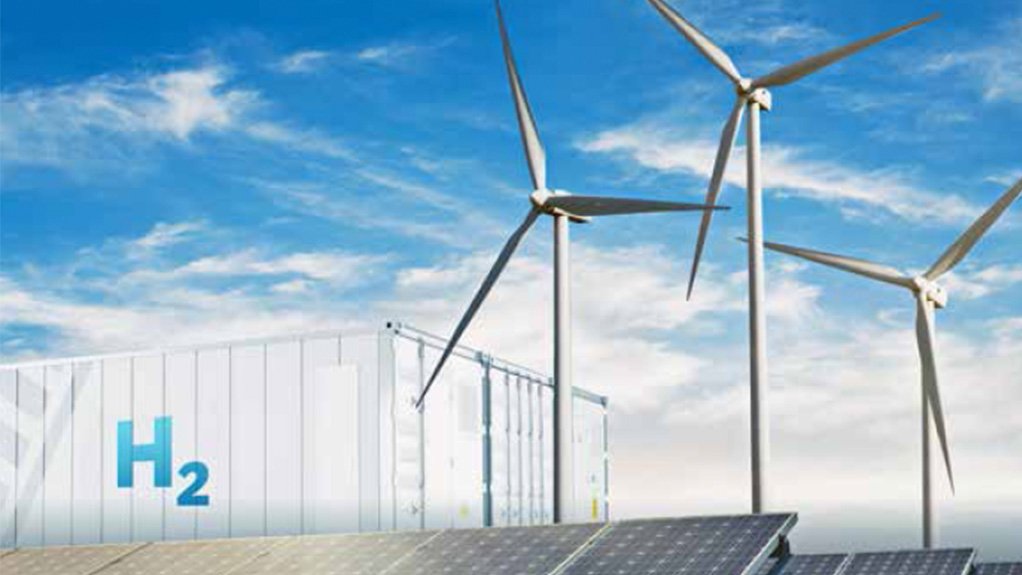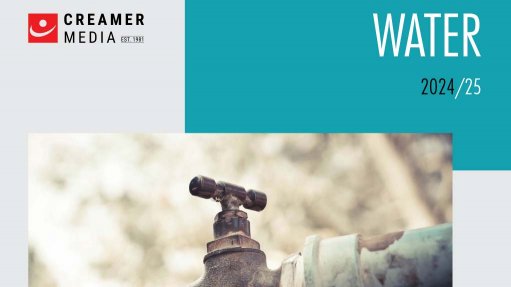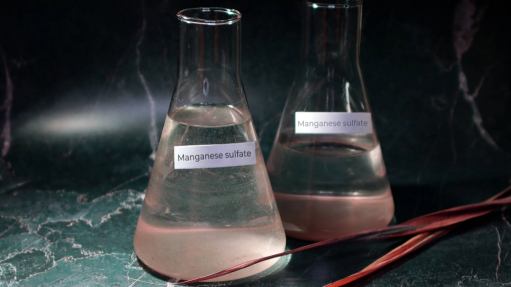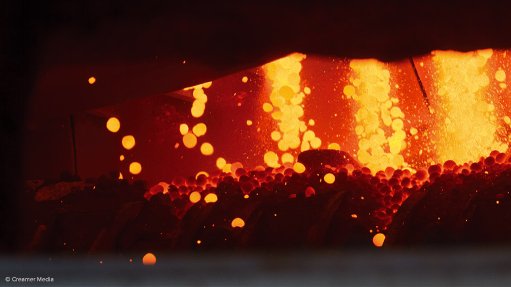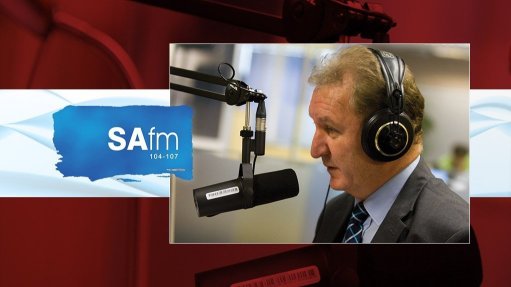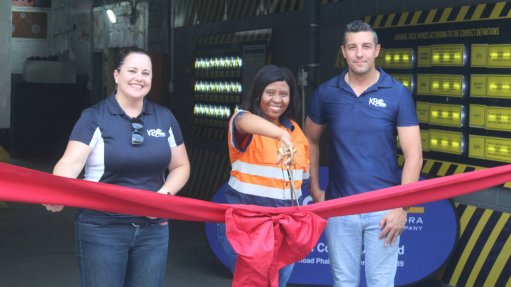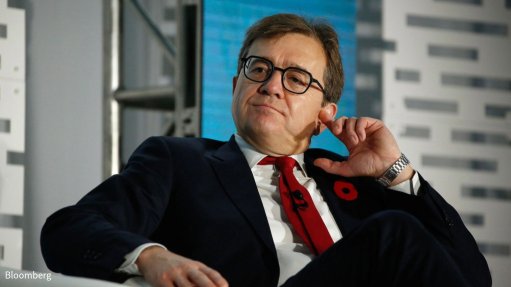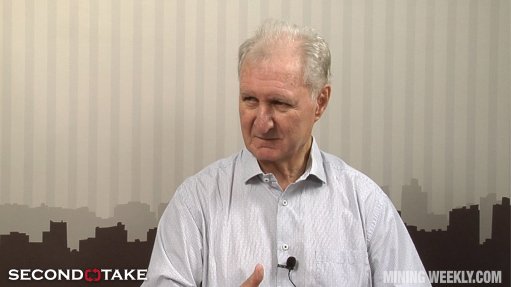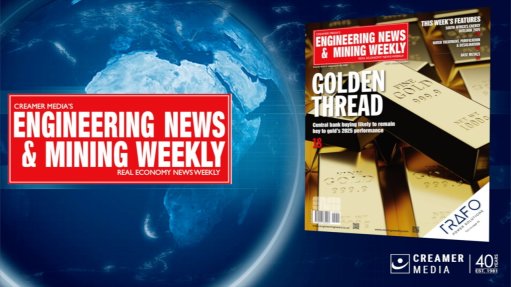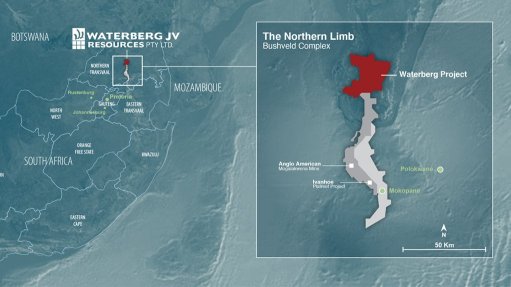Global trading platform key to unlocking competitiveness of green hydrogen
International cooperation will be key to unlocking the competitive production of green hydrogen as global trade will be required to link those countries, such as South Africa, that are best suited to producing the energy carrier, using a combination of low-cost renewable energy, water and electrolysis, with the main consuming markets in Asia and Europe.
In fact, the secretary-general of the German branch of World Energy Council (WEC), Dr Carsten Rolle, says that all of the nine countries that have already developed national hydrogen strategies make explicit mention of the need for international cooperation and trade to support the development of green-hydrogen projects.
Speaking during a virtual energy storage workshop hosted by the South African National Energy Association (Sanea), Rolle said that the steep fall in the cost of producing electricity from wind and solar photovoltaic technologies was the main driver of the current move by countries to prioritise the role of green hydrogen as part of their energy and climate strategies.
Electricity makes up about 60% of the cost of producing green hydrogen through electrolysis, the process that combines electricity and water to produce hydrogen and oxygen.
Although only nine of the 56 countries surveyed recently by the WEC on the status of their hydrogen strategies had adopted formal policy positions, 11 more had strategies under development, 13 were supporting demonstration projects and 18 others had initiated policy discussions.
Rolle highlighted that the pace of the policy debate had quickened materially, describing the northern hemisphere’s 2020 summer as a “hot strategic hydrogen summer”, with the Netherlands, Norway, Germany, Spain and the European Union all adopting official hydrogen strategies during the period.
By the end of 2019, by contrast, only Japan, which adopted its strategy in December 2017, France (June 2018), South Korea (January 2019) and Australia (November 2019) had finalised hydrogen strategies.
Australia, which is viewed as an ideal location for producing green hydrogen for markets in Asia, owing to the combination of its renewables resources and vast surface area, immediately translated its hydrogen strategy into Japanese and Korean in an effort to align with the hydrogen-import strategies emerging in those two industrialised countries.
In June, meanwhile, Morocco and Germany signed an agreement in Berlin on the development of green-hydrogen production, and derivatives, such as ammonia, in the North African country and it is considering similar agreements with other countries, including Southern African countries.
“The idea is to start developing the relationships and the infrastructure to begin facilitating trade in this new commodity,” Rolle said.
In August, German Federal Ministry of Education and Research’s Dr Christoph Roevekamp said that Southern African Development Community countries were well positioned as a potential exporters of green hydrogen.
Roevekamp made the statement during the Green Hydrogen Atlas-Africa project inception meeting of the Southern African Science Service Centre for Climate Change and Adaptive Land Management.
Director of hydrogen and energy at South Africa’s Department of Science and Innovation (DSI), Cosmas Chiteme, confirmed that government viewed the production of green hydrogen as an important component of the country’s economic recovery from the Covid-19 pandemic.
The DSI has initiated a process to develop a hydrogen society roadmap and is also overseeing a process to develop a research and development roadmap for energy storage solutions more generally.
“At the end of the day, as a country we have opportunities to export value-added materials that are part of the energy storage value chain, whether it is precursor materials for the lithium-ion battery value chain or green hydrogen for various applications,” Chiteme said during the Sanea workshop.
Comments
Press Office
Announcements
What's On
Subscribe to improve your user experience...
Option 1 (equivalent of R125 a month):
Receive a weekly copy of Creamer Media's Engineering News & Mining Weekly magazine
(print copy for those in South Africa and e-magazine for those outside of South Africa)
Receive daily email newsletters
Access to full search results
Access archive of magazine back copies
Access to Projects in Progress
Access to ONE Research Report of your choice in PDF format
Option 2 (equivalent of R375 a month):
All benefits from Option 1
PLUS
Access to Creamer Media's Research Channel Africa for ALL Research Reports, in PDF format, on various industrial and mining sectors
including Electricity; Water; Energy Transition; Hydrogen; Roads, Rail and Ports; Coal; Gold; Platinum; Battery Metals; etc.
Already a subscriber?
Forgotten your password?
Receive weekly copy of Creamer Media's Engineering News & Mining Weekly magazine (print copy for those in South Africa and e-magazine for those outside of South Africa)
➕
Recieve daily email newsletters
➕
Access to full search results
➕
Access archive of magazine back copies
➕
Access to Projects in Progress
➕
Access to ONE Research Report of your choice in PDF format
RESEARCH CHANNEL AFRICA
R4500 (equivalent of R375 a month)
SUBSCRIBEAll benefits from Option 1
➕
Access to Creamer Media's Research Channel Africa for ALL Research Reports on various industrial and mining sectors, in PDF format, including on:
Electricity
➕
Water
➕
Energy Transition
➕
Hydrogen
➕
Roads, Rail and Ports
➕
Coal
➕
Gold
➕
Platinum
➕
Battery Metals
➕
etc.
Receive all benefits from Option 1 or Option 2 delivered to numerous people at your company
➕
Multiple User names and Passwords for simultaneous log-ins
➕
Intranet integration access to all in your organisation



